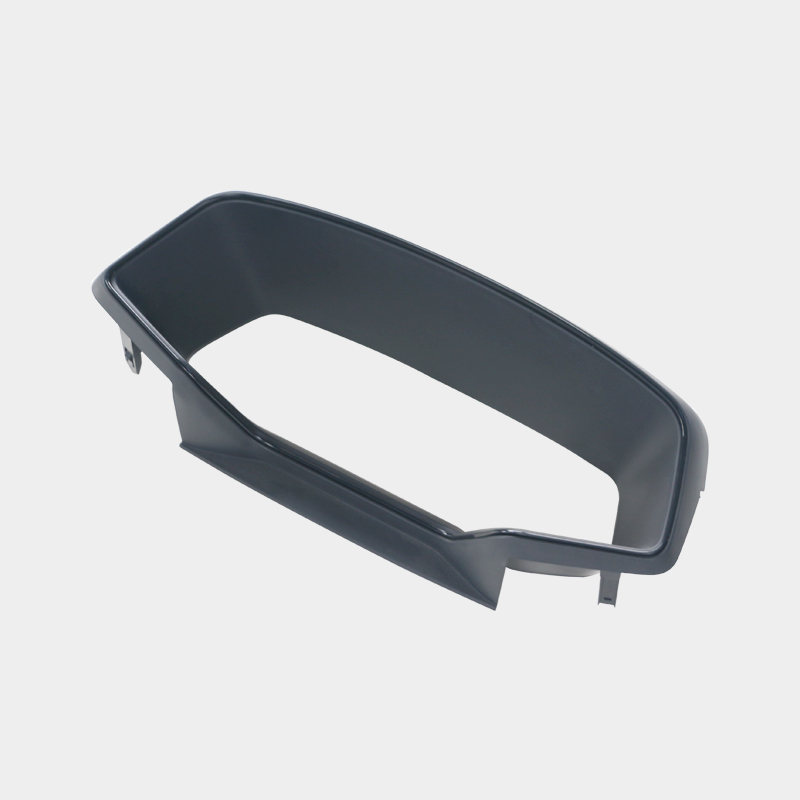A car instrument dashboard mould is a mold that produce […]
A car instrument dashboard mould is a mold that produces automobile instrument panels. The molded product is made by the injection molding process.
The plastic part is inserted into the cavity of the instrument panel mold, which is then heated to melt and injected to produce the instrument panel. The instrument panel is then cooled to solidify to obtain the finished product.
Generally, the material of a car dashboard is selected according to the function and structure requirements of the automobile, and mainly includes modified materials such as ABS (acrylonitrile butadiene styrene), PPO (polyphenylene oxide), PP (polypropylene), PC/ABS, and PVC (polyvinyl chloride). The skeleton of the dashboard is also composed of a variety of components and is usually made from a rigid plastic.
In addition to the above mentioned plastic materials, some special materials can be used to produce a molded instrument panel. Such special materials are characterized by good mechanical performance and appearance. In addition, these materials are lightweight, allowing for the dashboard to be more durable and flexible.
To achieve a higher quality of the molded instrument panel, the dashboard mold has to be designed and developed carefully. In addition, it is necessary to avoid any problems that may occur during the production process.
For example, the injection mould for a molded automobile instrument panel must be designed with a gating system that can improve the filling effect of the plastic part in the cavity of the dashboard mold. The gating system is also designed to reduce the amount of weld lines that are formed on the non-appearance surface of the dashboard. In addition, a hot runner 2-point sequential valve hot runner bonding method is adopted to improve the fluidity of the molten plastic during the injection molding process and save the solidified material of the runner system after injection molding.
Furthermore, the gating system can be further designed so that the molded dashboard can be opened or closed at will. This can increase the level of production efficiency and make it easier to remove the molded dashboard from the mold after it is produced.
The dashboard mold is designed to include two telescopic rods 310 and 320, each of which is adapted to move towards and away from each other, in order to realize the opening and closing movement of the first bottom plate 230 and the second bottom plate 240. The telescopic rods 310 and the telescopic rod 320 can be either manually controlled or automatically controlled.
In addition, the bottom of the front and back of the lower mold wall 210 is provided with stoppers. The bottom plate 220 is moved between the stoppers to prevent the bottom plate 220 from moving and dislocating, thereby preventing the produced automobile instrument panel from being unqualified, avoiding the raw material from being lost due to overflow and leakage, and reducing the production cost.
In addition to these techniques, the shrinkage volume rate and the warpage amount rate are calculated using the Taguchi Orthogonal parameter design method. In addition, the gating system and the glass material are optimized using the particle swarm optimization method.

Taizhou Huangyan Chuangji Mould Industry Co.,Ltd.